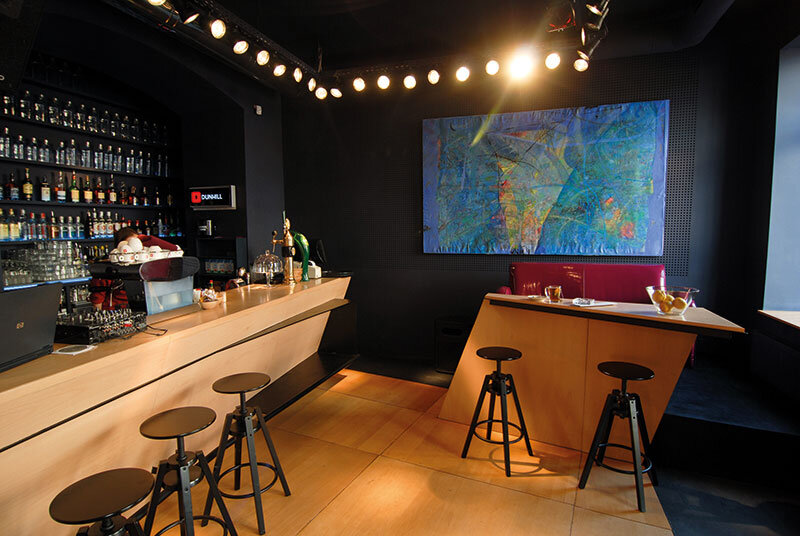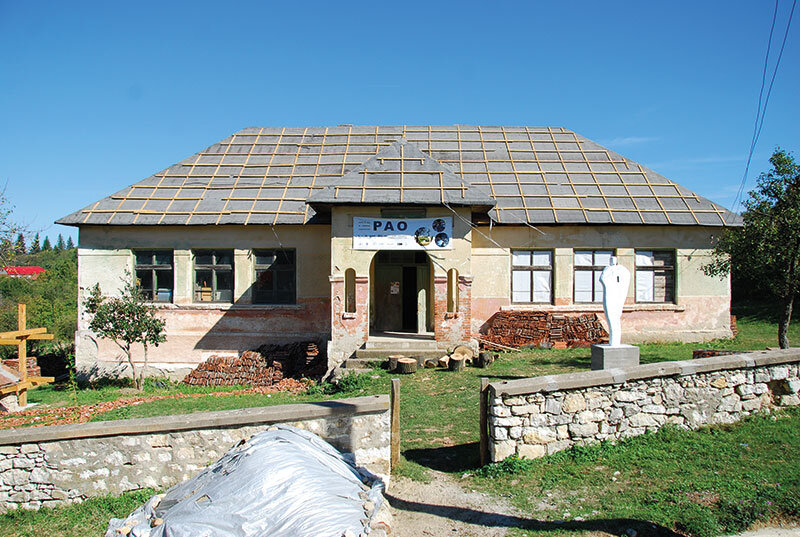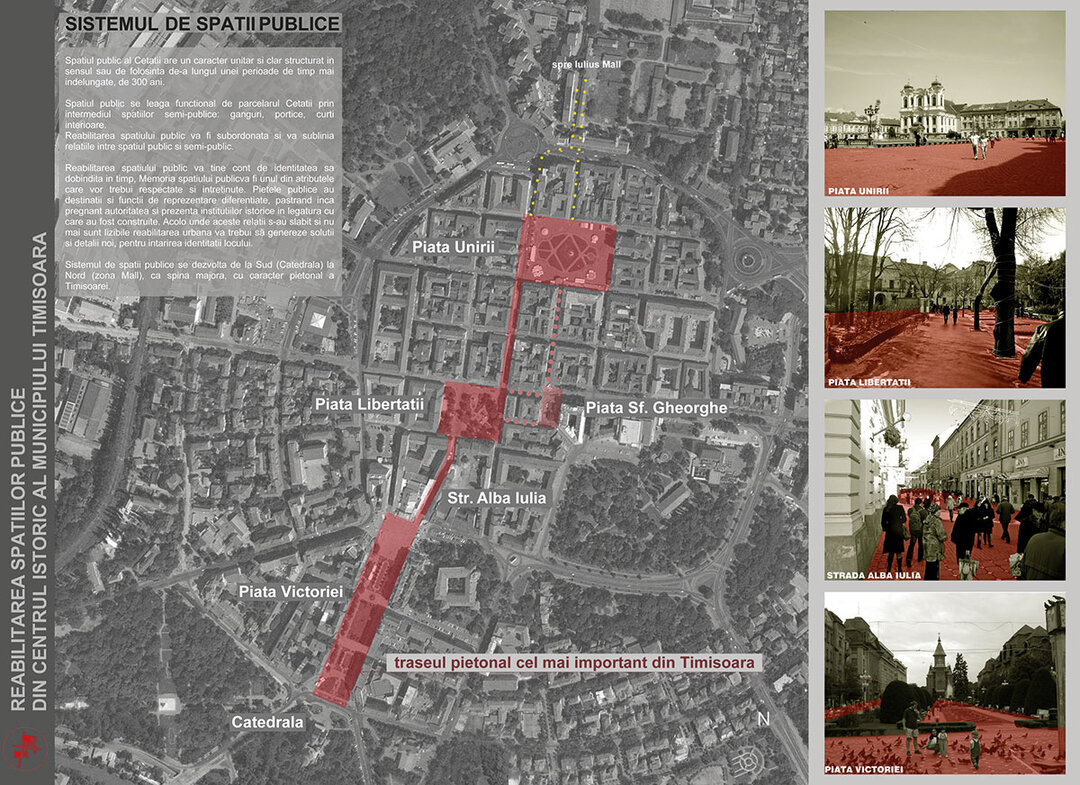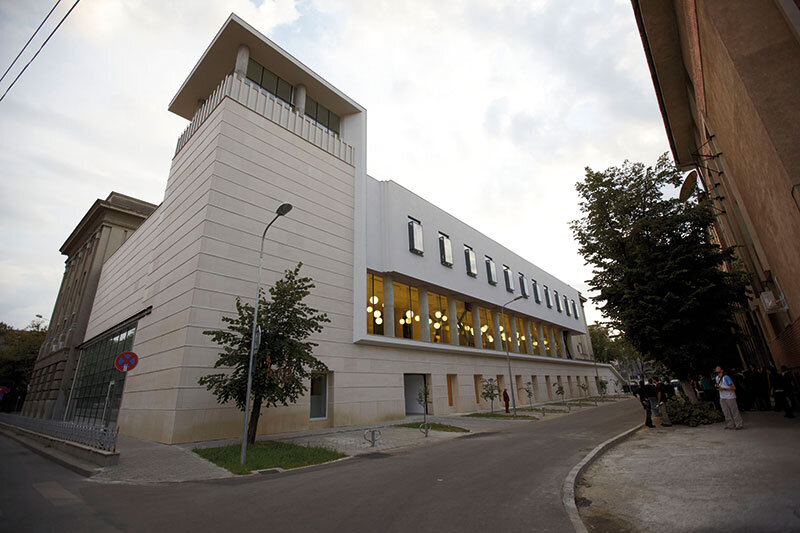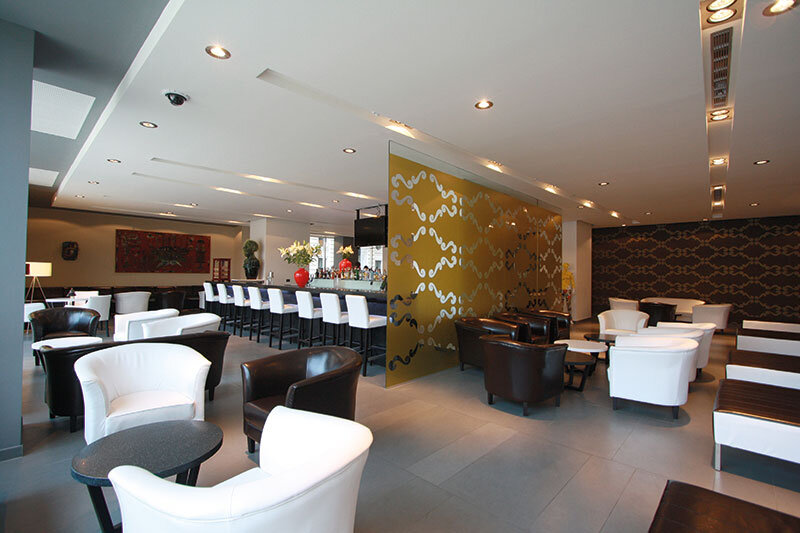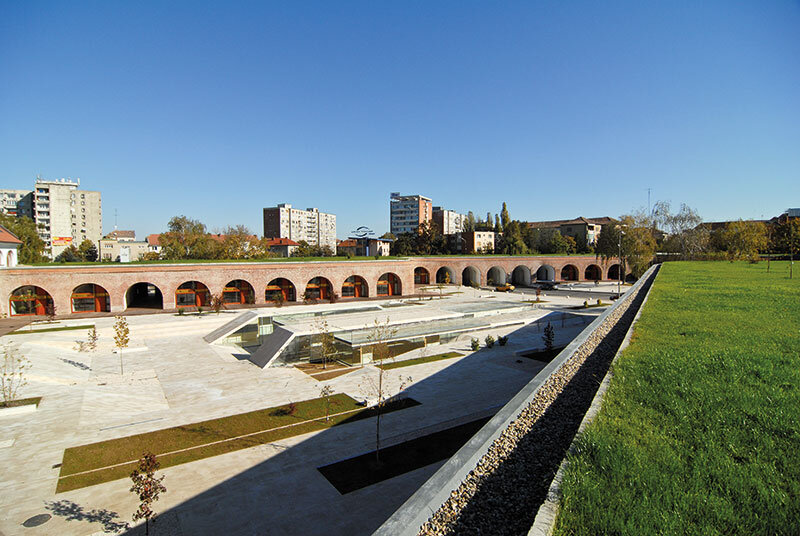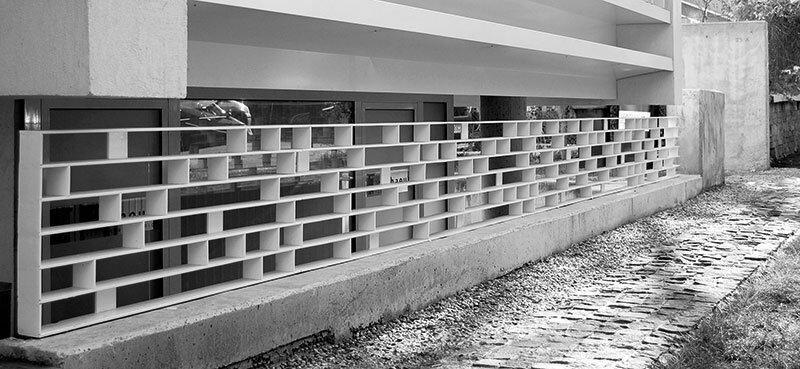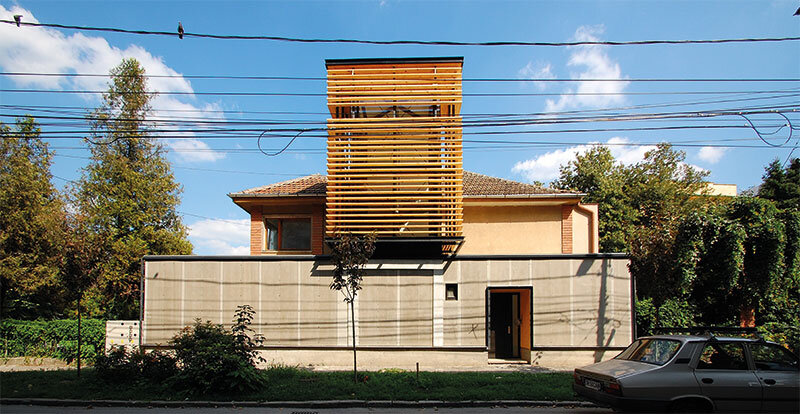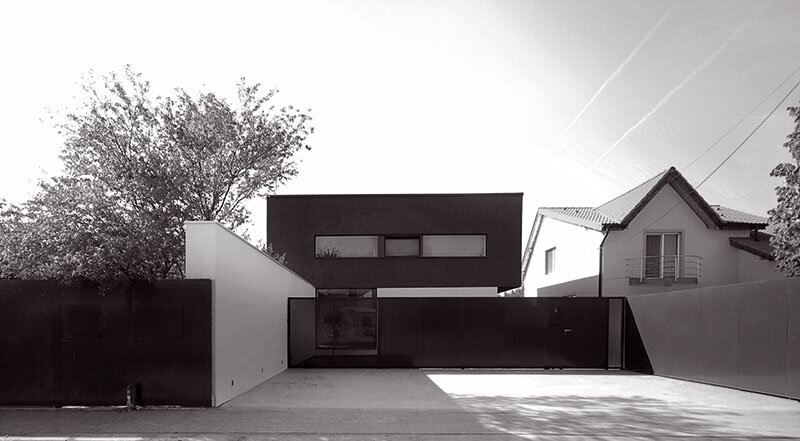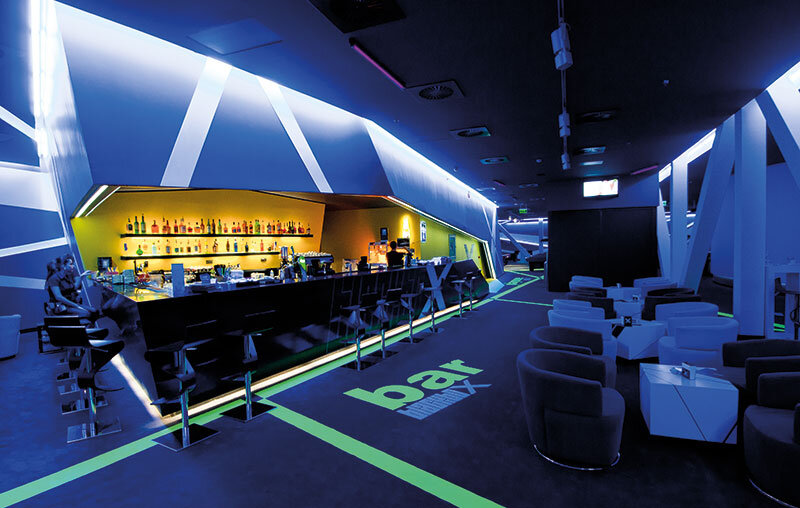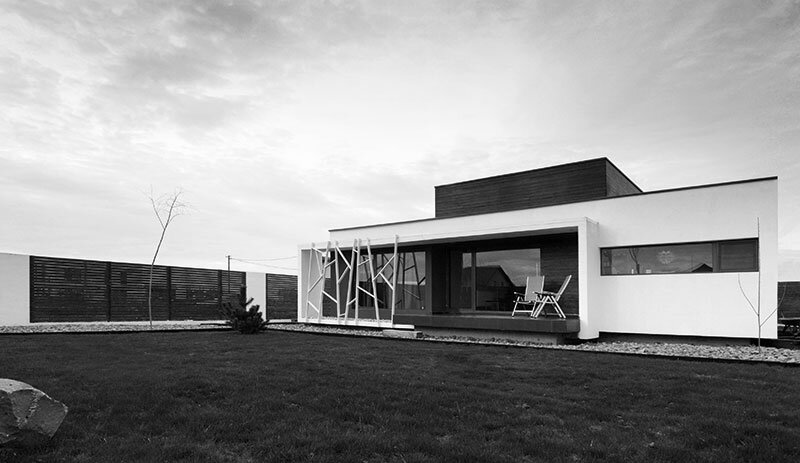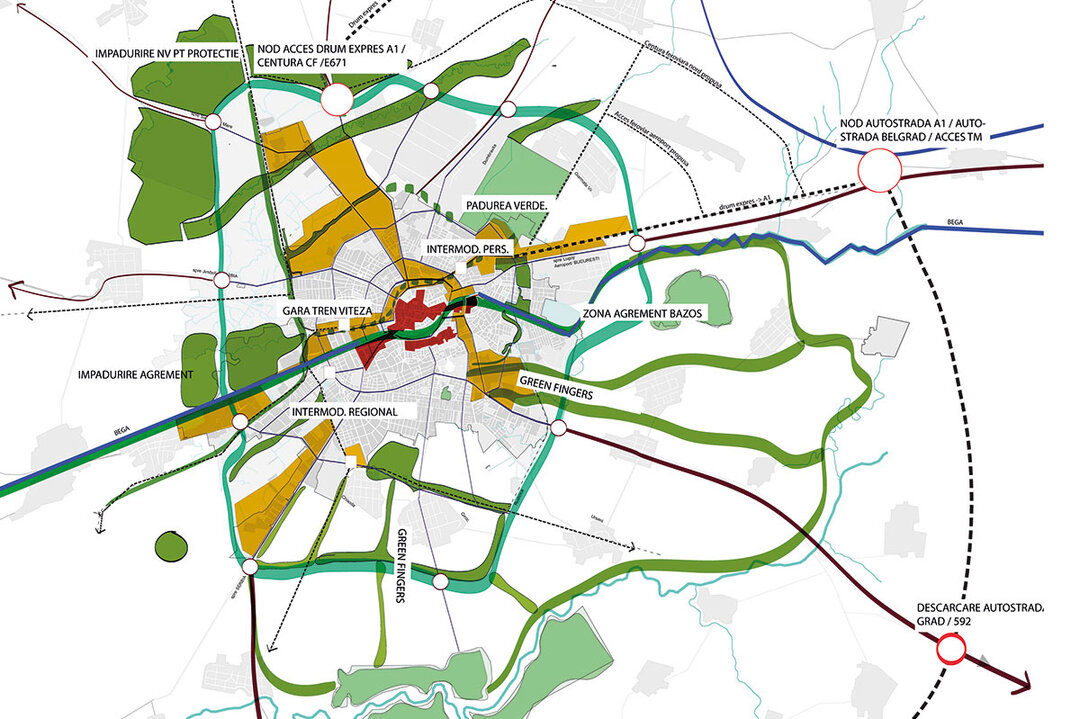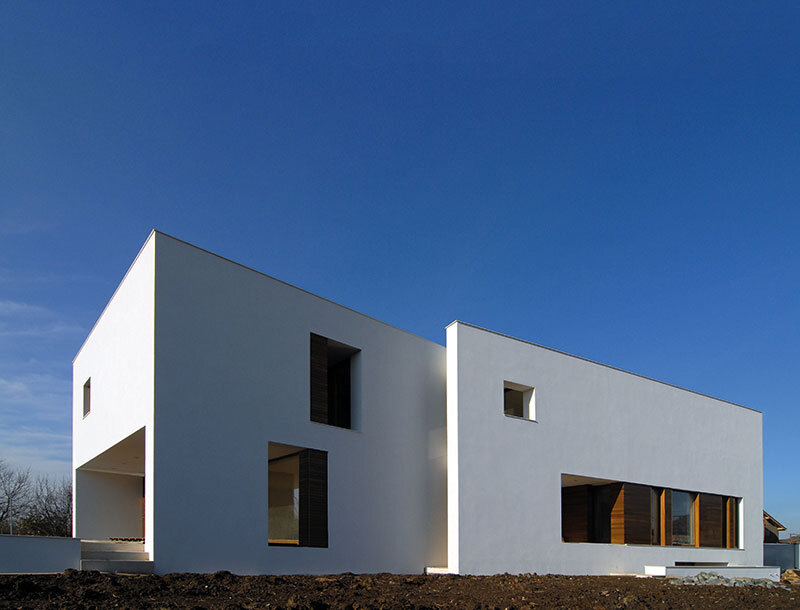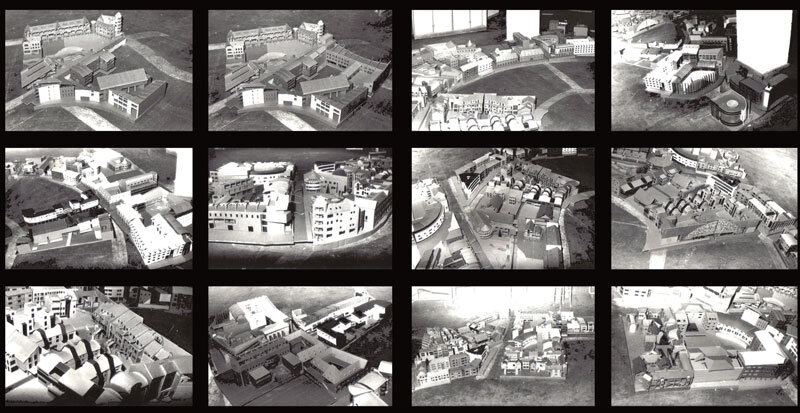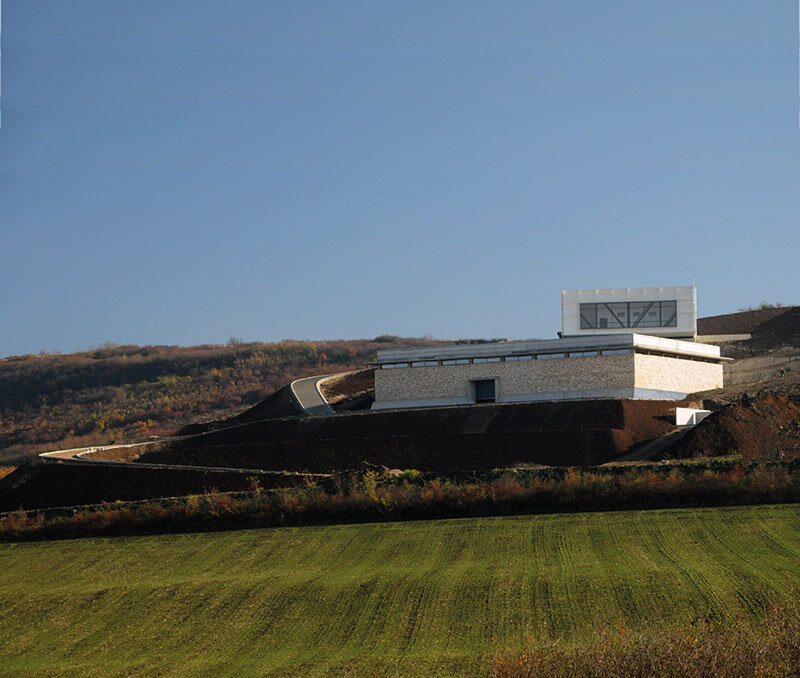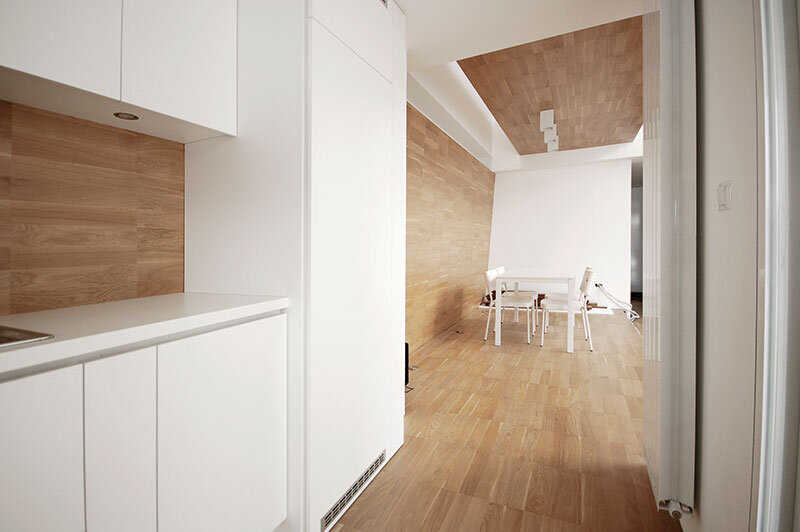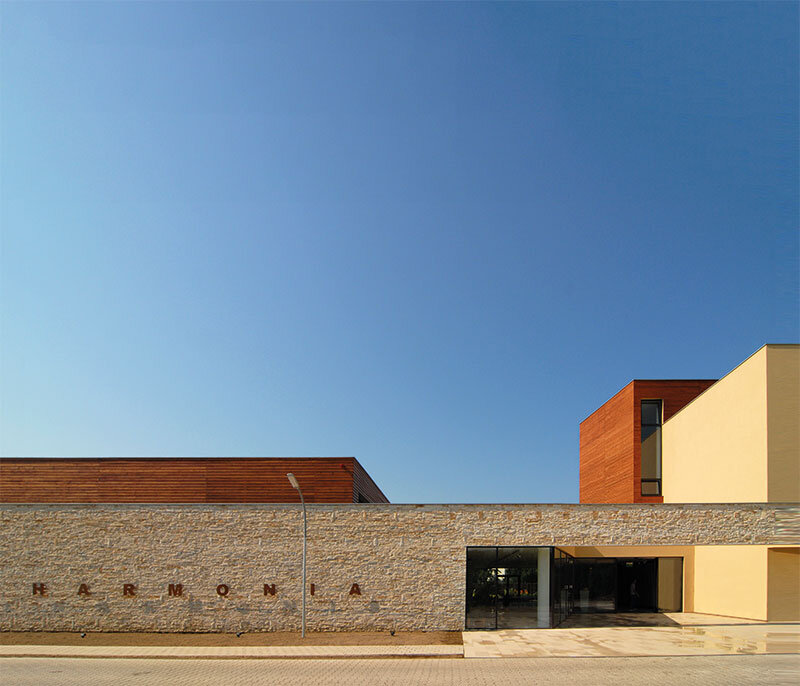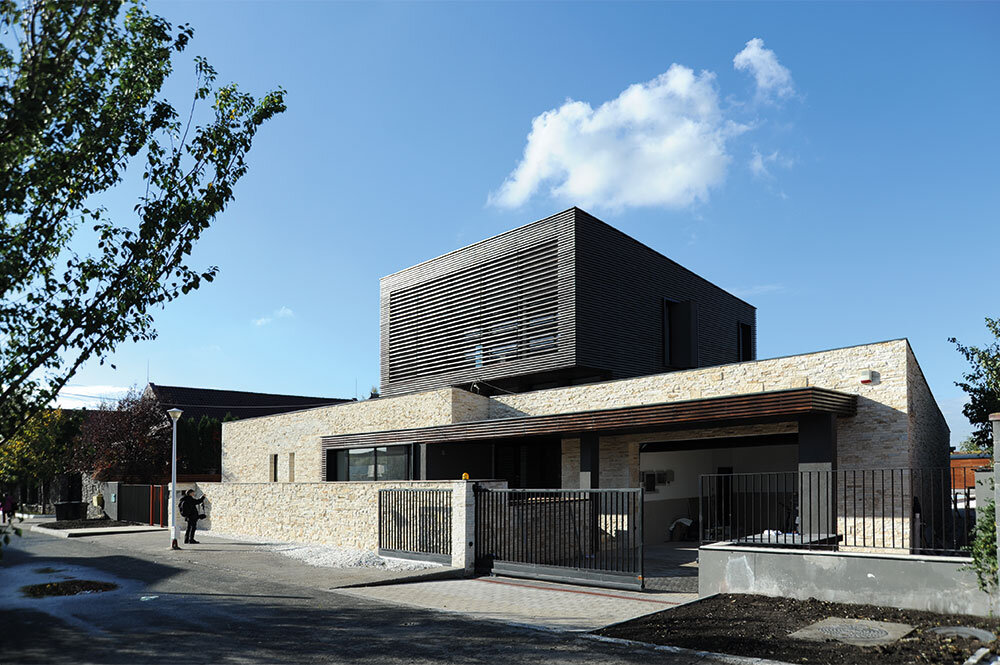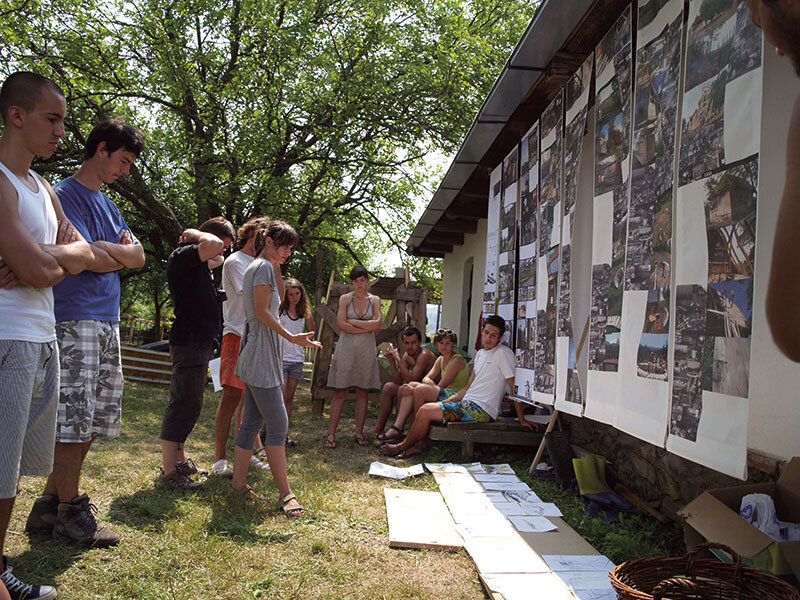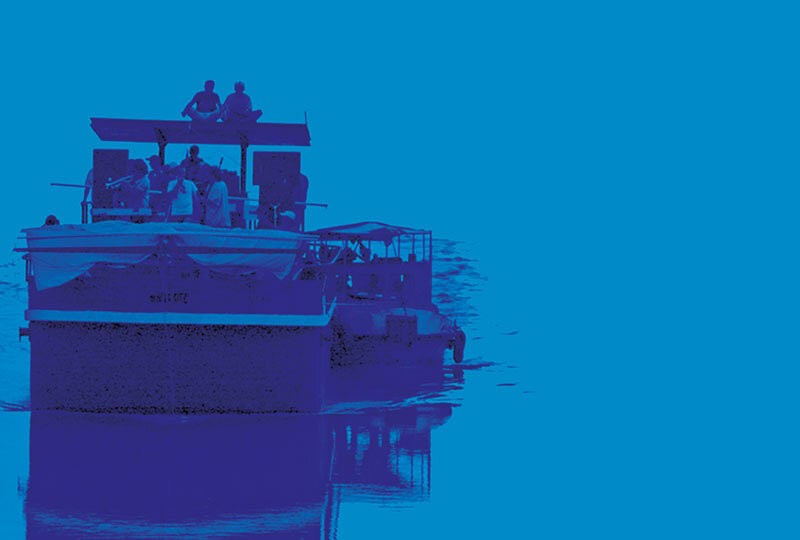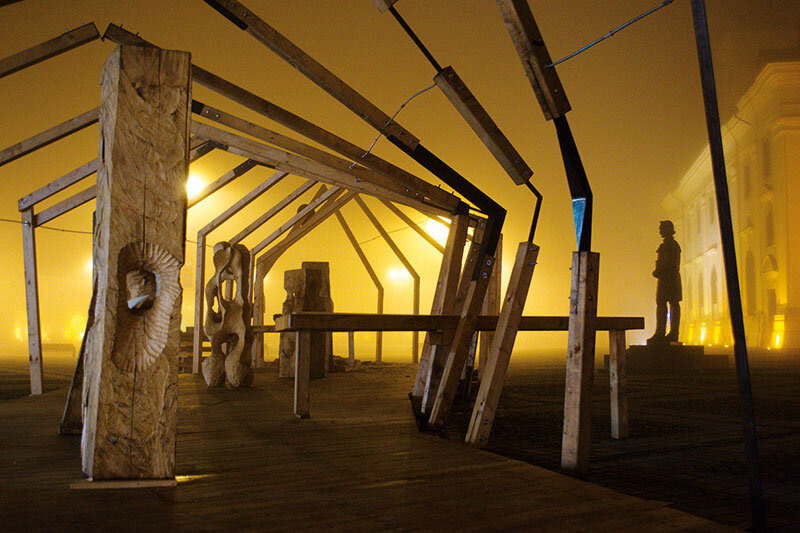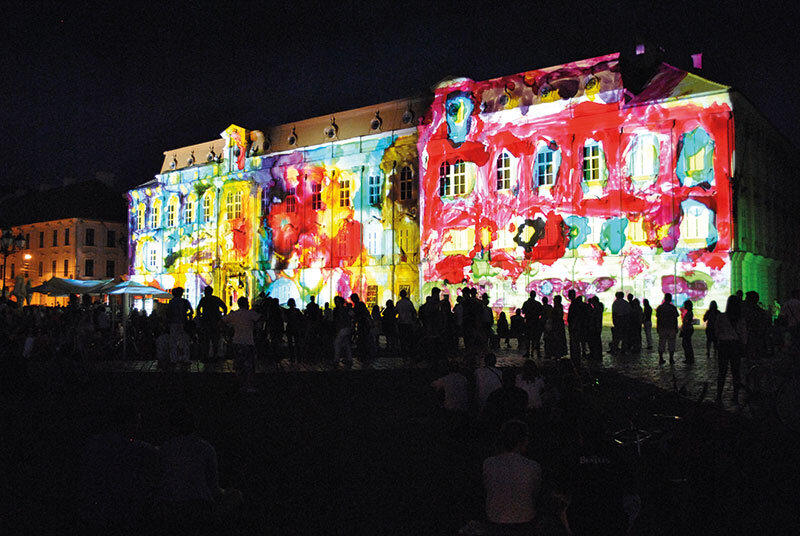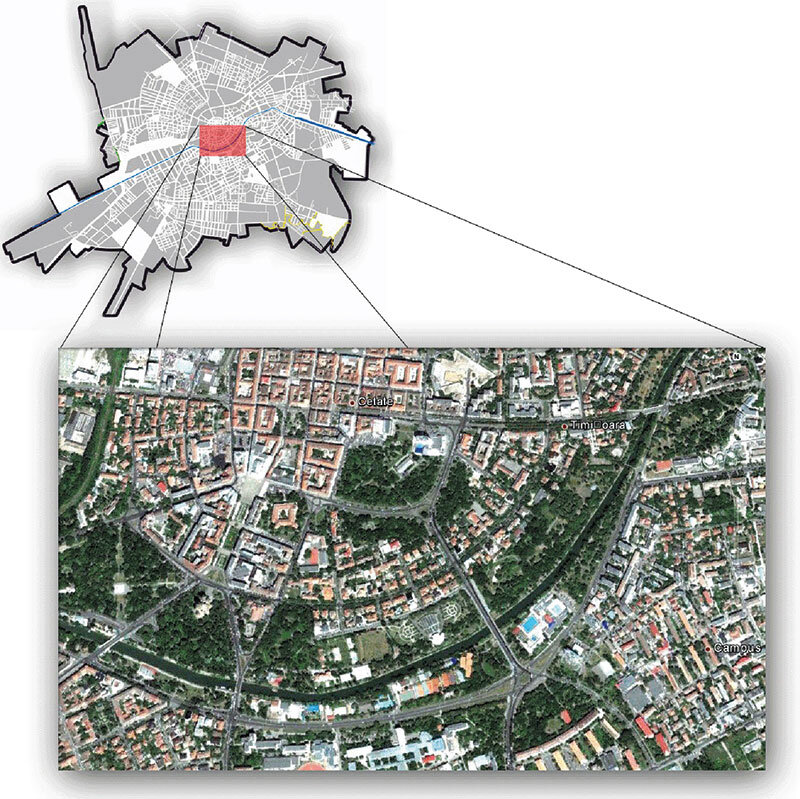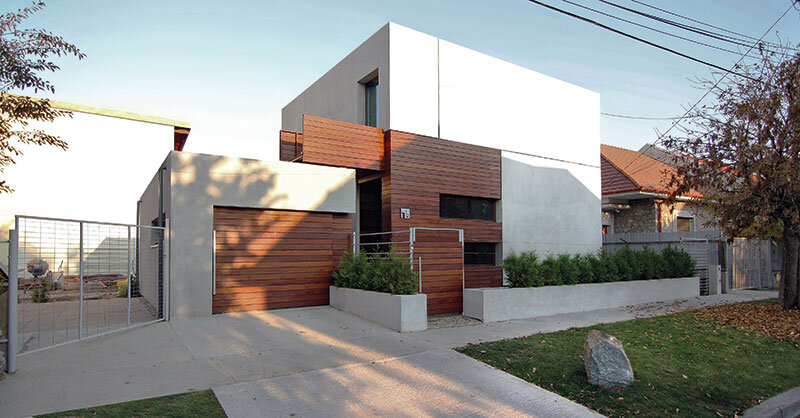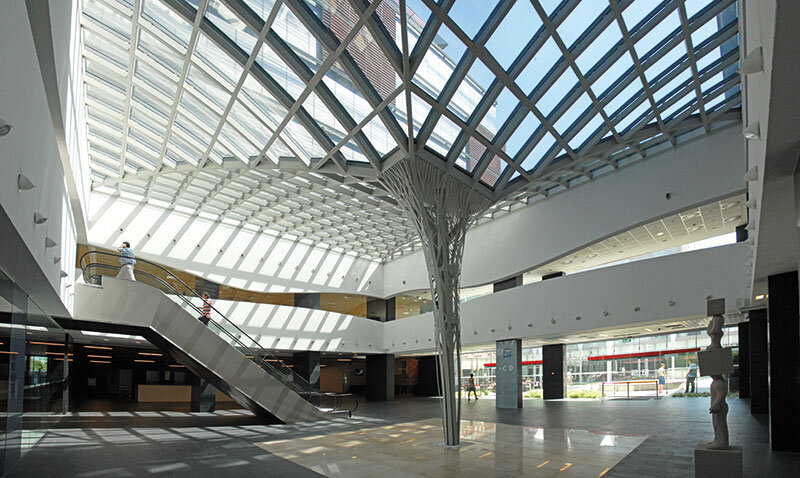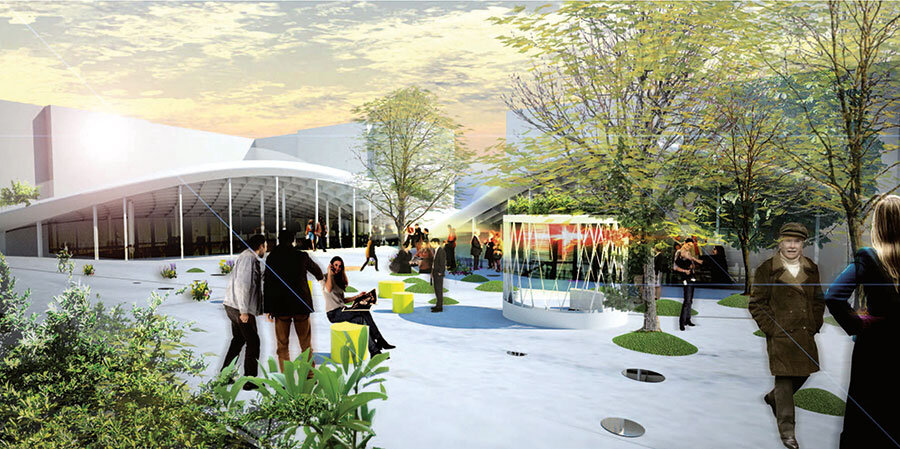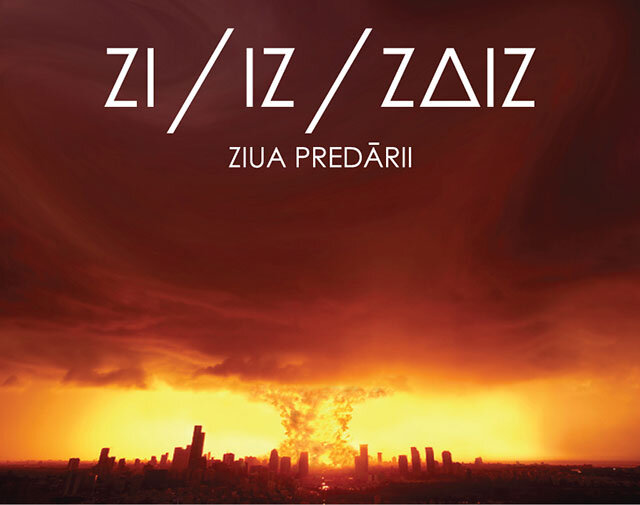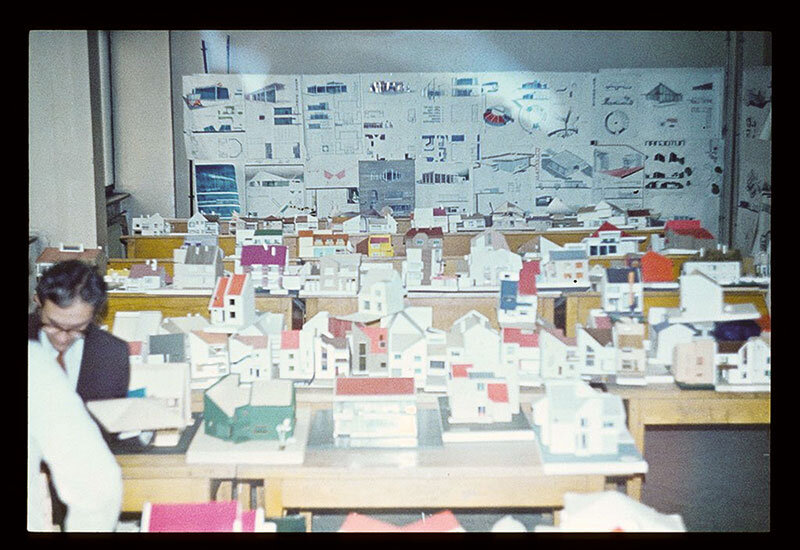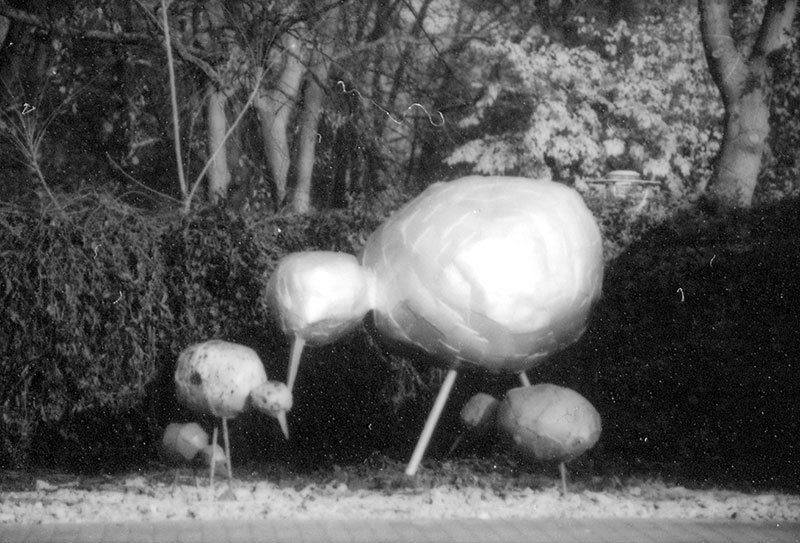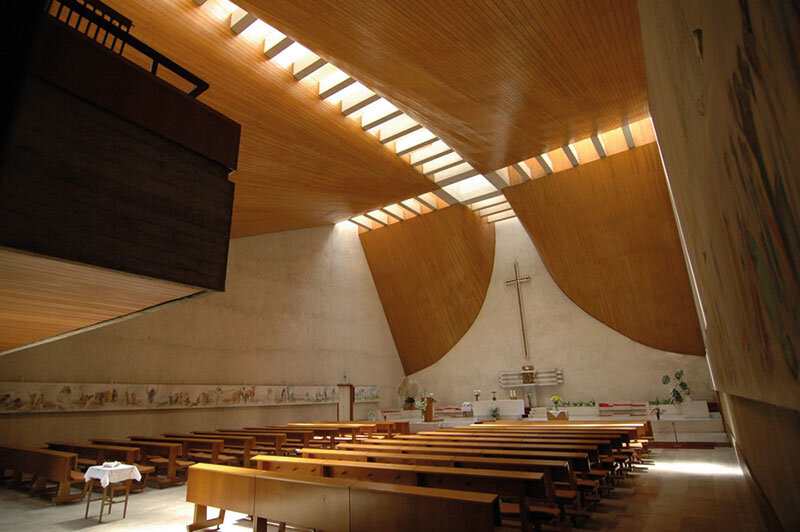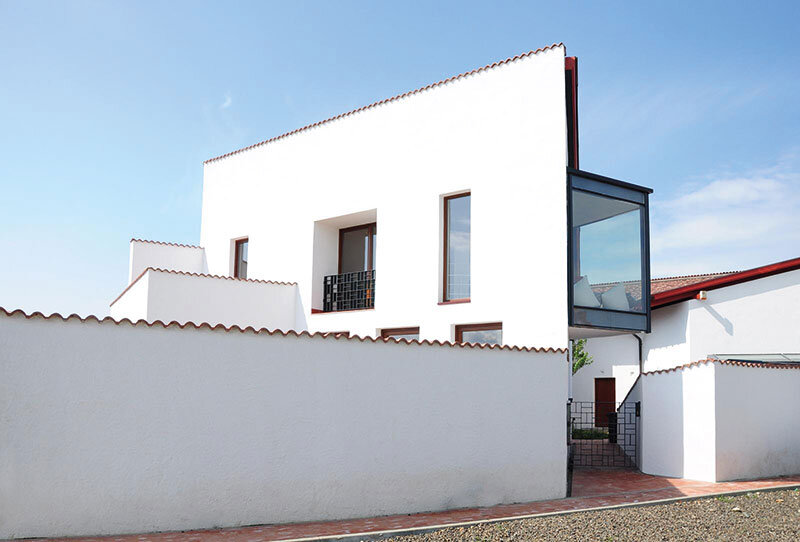
Composition argument
The management plan proposed in 2012, as a result of debates and consultations with those members of the Faculty of Architecture in Timisoara who are concerned about the consistency of their present and future activity, expresses concern for the present situation and outlines some directions of action for the future.
Following in the tradition - now well known - of the Timișoara avant-garde of the 1970s and 1980s, the Timișoara School of Architecture manifested itself in the 1990s as a development and innovation device, achieving notable results. In the years that followed, the complexity of the professional and institutional challenges was no longer matched by adequate responses, and the institution entered an obvious identity crisis.
Architecture is a complex profession that spans many fields of activity: art and culture, but also technology and management, physical and spatial management, but also visual animation, heritage recovery, but also ecological sustainability, social action, but also branding and collective image.
Moreover, architecture is considered in the European Community as an activity with a considerable impact on the life and evolution of human communities. European professional, national and international structures (Architects Council of Europe, European Commission, etc.) are currently exploring the possibility of defining and implementing complex and unified quality systems to allow a coherent assessment of all the sides and implications of this profession.
Geopolitical, social, economic, technological, economic, cultural, environmental and human changes are presenting the architectural profession with unprecedented challenges. Simply put, traditional methods and procedures are no longer sufficient on their own, and existing educational structures no longer meet the requirements of such complex demands.
The Faculty of Architecture at the Politehnica University of Timișoara enjoys a national and international reputation, first and foremost, through the quality of many of its people: teachers and students. Many teachers are also practicing professionals and many students are involved in competitions, workshops and practical activities. Both teachers and students are recipients of national and international awards, published in peer-reviewed journals and on prestigious websites. Many are involved in professional and/or student organizations. The structure of teaching activity, ways of training and promoting teaching staff, attracting students and teachers from national and international areas, and keeping up with international trends are not as good.
This management project is structured on 8 major axes:
1. Visibility and socio-cultural presence of the faculty;
2. Ways of attracting and recruiting students, master's students, doctoral students and teaching staff;
3. Restructuring the duration of study and the structure of the subjects taught;
4. Relationship with the professional world;
5. Promotion of teachers. Definition of career paths;
6. A culture of transparency and dialog. Rebirth from within. A school of permanent innovation;
7. Spatial management of activities;
8. Interaction with students.
Visibility and socio-cultural presence of the faculty
The creative potential and role of the Faculty of Architecture is not sufficiently known, not only by society and the community, but also within UPT; this has negative consequences in student recruitment, interdisciplinary collaborations and the overall influence of the school. Through its members, the faculty needs to be present everywhere in the organization of cultural events, at public debates, on public media channels, on the internet. Through personal initiatives this is still happening today, but it needs to be structured as a top priority, which implies professional communication strategies and precise targets for presence and visibility. This requires effective branding as a "school of continuous creativity" and an evolving communication framework that constantly picks up and distributes all valid elements; it also requires the creation of a coherent interdisciplinary offer platform, both within UPT and to external (internal, international) educational and research institutions. Promoting an attractive offer both pedagogical and research can be a powerful vector for development.
Visibility also means the organization of internal and international scientific events (symposia, conferences), as well as the publication of a regular (2-3 yearly) classified publication, open to both teachers and students.
We also plan to resume the activity of the summer school, which has a good tradition ("School of Restoration of Architectural Surfaces" in collaboration with the Faculty of Architecture in Venice).
The exchange of teachers and lecturers from international centres and the organization of thematic activities and workshops with international exposure in collaboration with multinational firms are substantial elements of the image strategy.
Today, who is not visible and does not cooperate effectively has no future.
How to attract and recruit students and teachers
Unusual as it may seem, the criteria for attraction and selection should be the same: motivation, passion, ability to work in complex teams, strategic thinking, initiative and communication skills. In order to attract and select students, admission procedures need to be refocused on the above priorities, using modern methods: essays, interviews, assessment of extra-curricular activities, vocational profiling. Teachers should be able to assess their aptitude and competence for teaching, training and/or research. The existence of a specific assessment grid (Pillar 5 - Arts and Architecture) should form the basis of a nuanced and evolving assessment procedure, so as not to encourage skills and talents to be wasted in inappropriate mechanisms.
The development of relations with the productive and economic environment, including the creation of a 'Center for Design, Consultancy and Design', can offer attractive professional development prospects for master's students, doctoral candidates and young teachers.
Restructuring the duration of study and the structure of subjects taught
The 6-year study structure based on a traditional partition of disciplines: design, theory, technical-scientific and artistic-cultural disciplines is largely revolutionized. The long duration of study nullifies the benefits of the subsequent stages: master's and doctoral, produces dilution and confusion.
The collective's exploratory efforts will attempt to define optimal formulas: 5 years including the diploma, plus master's and doctoral school, or a 4+2 formula (bachelor's + master's) followed by doctoral school, moving from the 6-year system with integrated master's to a Bologna-type form: 4 years (bachelor's) + internship + master's (allowing access to the exercise of the right to sign and sign).
In addition to the existing Master's degrees, it is absolutely necessary to create a Master's degree dedicated to Complex Design, introducing the elements of contemporary multidisciplinary design.
Throughout the world, the established form of postgraduate study in the field of architecture is the Master's program, which allows for a more in-depth link between theoretical and applied disciplines in the field of complex design. The master school should be the platform for extended research and collaboration as well as the necessary selection stage for the doctoral school. Both at the initial stage and at the level of the master school it is proposed to replace the traditional structures with multidisciplinary "trunks" such as Urban and Socio-Cultural Studies, Complex Project Management, Disciplines related to parametric modeling of the reality of a project, Formal Design and Technology, etc.
Replacing the existing division between disciplines by promoting complementary strands linked to common applications would strengthen interdisciplinarity and task-oriented flexibility and could be the first step towards real modernization.
The doctoral school should acquire its own personality by promoting its own specific approaches at a higher theoretical level, in a strictly limited number of research fields, a few well-linked directions with potential for further deepening. This would strengthen the attractiveness of the offer and create a solid platform for external and/or international scientific collaborations at higher level.
In relation to the development of master's and doctoral activities, it is proposed to create a multidisciplinary Center for Design, Consultancy and Design, which would channel border activities, interaction with technical, scientific, social fields. This activity also entails the creation of a permanent secretariat and an archiving system to support it.
Relations with the professional world
The relationship with practice is fundamental in a school of architecture, given the decisive role that professional structures play in the organization and regulation of signature law and professional practice. The fact that a number of academics also occupy positions in the professional organization has allowed for effective informal relationships between fields; these should be made permanent through constant exchanges of views and joint activities: seminars, exhibitions, workshops. We train real professionals for a changing professional world.
One of the vectors of the relationship with the professional world will be the creation of the Center for Design, Consultancy and Design, as an interface between the Faculty of Architecture and the productive-economic world. The benefits will also be of an economic nature, with the prospect of long-term collaborations.
Promotion of teaching staff. Defining careers
At present, the simultaneous existence of a traditional division between subjects, as well as the selective application of promotion grids in UPT, by neglecting the specific "Architecture - Arts", has blocked and/or complicated the development of a generation's potential.
The introduction of multidisciplinary 'trunks' would allow a beginning teacher to select a generic field of activity, and over time to determine whether he/she is attracted by the artistic-creative or explorative-technical dimension of the field, which would allow for coherent development based on his/her assessment according to the appropriate grid. Pillar 5 - Architecture and the Arts will need to be reassessed and/or modified to be calibrated to the needs of development and diversity of modes of manifestation.
The criterion of a career should be the professional activity; in such a complex profession, it should be very varied, so assessment should also be nuanced, accountable and in line with accepted procedures both in the European Community and at national level.
A culture of transparency and dialog. Rebirth from within. A school of permanent innovation
Any complex and creativity-driven structure requires a culture of permanent dialog between members of the collective at all levels. The culture of dialog implies: real freedom of expression, the abandonment of ambiguous and/or repressive expression, the ability to listen, and the appropriateness of expression, which means that you have the right to express yourself as long as the issue raised is meaningful and the expression is appropriate in form, content and duration.
A culture of dialogue implies, first and foremost, transparency on the part of management: informational, decisional and behavioral. Free communication allows the mobilization of energies and creativity, both at the level of teachers and students. Responsibility and creativity will replace fear, cowardice, incompetence disguised as discretion, lack of attitude. Dialogue fosters creativity and this in turn improves performance, image, functioning and attractiveness.

